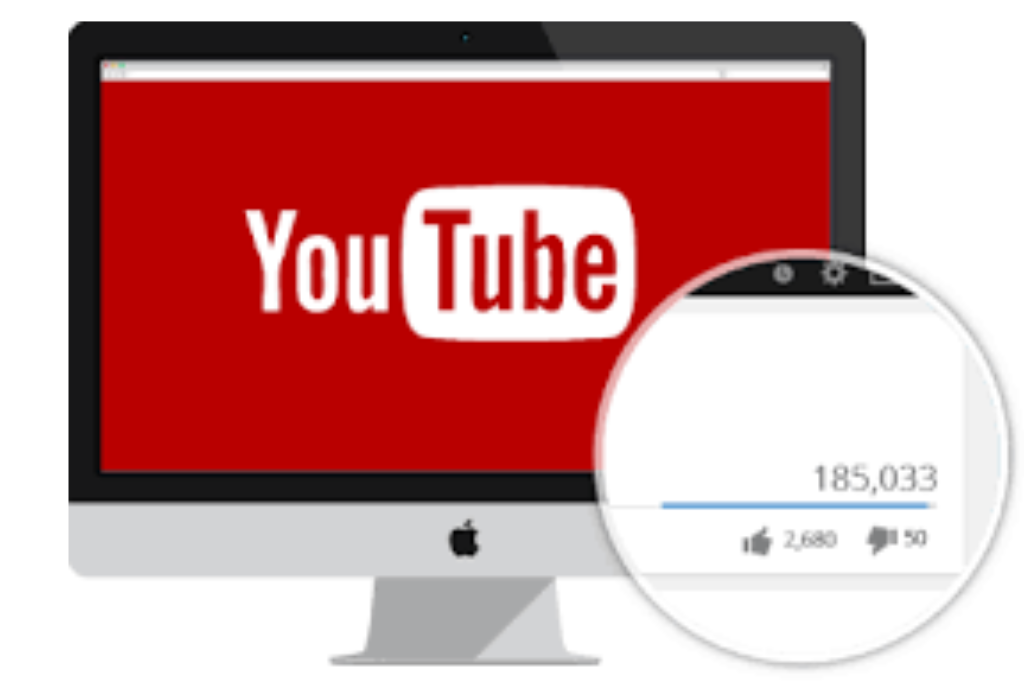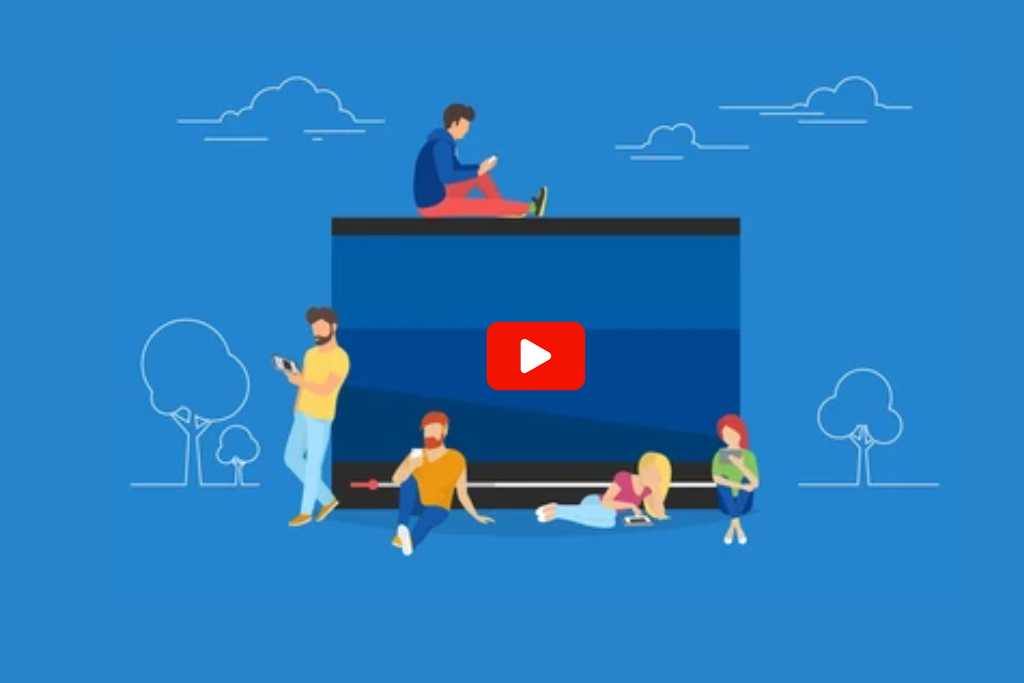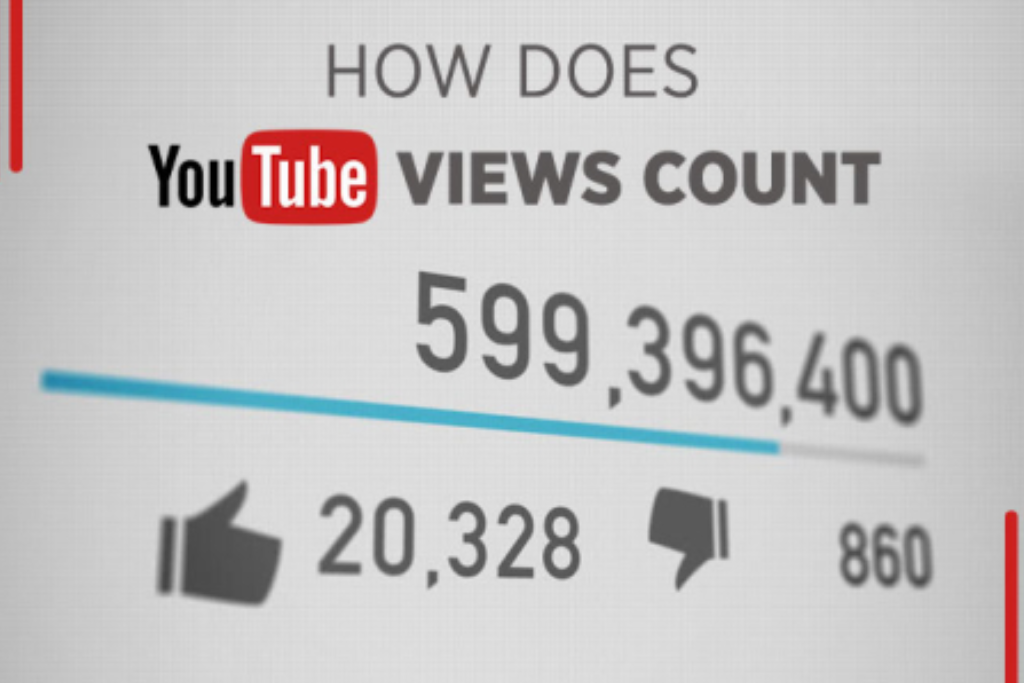The answer is yes, as long as the video plays for 30 seconds or more. Read world-renowned marketing content to help grow your audience Learn everything you need to know about HubSpot and our products Try another search and we'll do our best. It's true that YouTube hasn't always been the most obvious choice for marketers. Sure, there are guides and explanations, including statistics on how to decipher the YouTube code.
However, there is still uncertainty about what is told and what is not counted as a point of view. For a site that is no stranger to regular changes, what is the baseline? Now, let's go over some questions you might have about YouTube video views. Yes, your views count if you play your own YouTube video, but only if you do it once or twice, not if you constantly refresh the page. YouTube views aren't unique; repeats and views are counted in the view count.

You can see the number of unique viewers in your YouTube analytics dashboard. Although YouTube doesn't publish this information, we know that it updates views approximately every 24 to 48 hours. Doesn't update views instantly. That said, algorithms sometimes change in the blink of an eye.
For the most up-to-date information on the appropriate video protocol, check YouTube's guidelines regularly, especially when they announce changes for creators. Another reason we take our audience so seriously is the ability of users to find videos that interest them. It would be overwhelming to review tons of spam videos to get to the one you want to access. It's important to know how many people watch your video.

You can tell if your title is attractive, if your thumbnail is effective, and if your content is worth viewing based solely on views. By measuring your YouTube views, you can successfully change your strategy to grow your YouTube channel. If you play your own video, it will count as a view. If a viewer views the video more than once, each projection will be counted as a new view.
That said, YouTube will detect the update, again and again, to try to play with the system. From what I've seen, you can't artificially increase your views by watching your video over and over again with the same account. However, if another account watches the video later (either yours or another viewer's) when you watch it again. Afterward, you can increase your views by watching it for at least 30 seconds.
However, YouTube will prevent you from adding new ones after you've watched it four to five times in 24 hours. Try watching the same video several times in a single day. You will see that the count will add up at first, but after a while, it will stop. YouTube knows that people often play some videos over and over again when they actually enjoy them, so they want to include repetitions in their algorithm because they suggest quality.

However, to avoid spam visits, the counter will stop after a certain point. Views made with embedded YouTube videos or YouTube videos shared on Facebook will also be counted. It's not uncommon for viewers to watch a video for, for example, five seconds, go a little forward and watch for another ten seconds while searching for a specific part. If you can get people to watch your video for longer, YouTube will know that you have quality content.
So, for the first two hours after posting a video, YouTube seems to be stricter about what they count. And the videos with the longest watch time are preferred by the YouTube algorithm, which gives you an advantage in the recommendation engine. In addition, if the viewer is watching each of the videos for almost 30 seconds exactly (or less), there is a greater chance that they are not a human but a robot (or a human who is watching the bare minimum as part of a view-sharing program). Another thing that can affect the counting of a view is the behavior of the account that sees it before reaching the video viewing page.
The article "Do You Get Paid for YouTube Watch Time?" delves into the fundamental question that many content creators have about the monetization of their YouTube channels. It provides a comprehensive overview of how watch time correlates with earning potential on the platform. The article explains how YouTube's Partner Program considers watch hours as a crucial factor in determining a channel's eligibility for monetization. It delves into the intricate mechanics of ad revenue sharing and the threshold of watch hours required for a channel to start earning money from ads. By offering real-world examples and insights into the varying rates of payment, the article aims to clarify the relationship between watch time and financial compensation on YouTube. This resourceful piece equips aspiring and established creators with the knowledge they need to navigate the complexities of YouTube's monetization process and make informed decisions to maximize their earnings based on watch time metrics..



